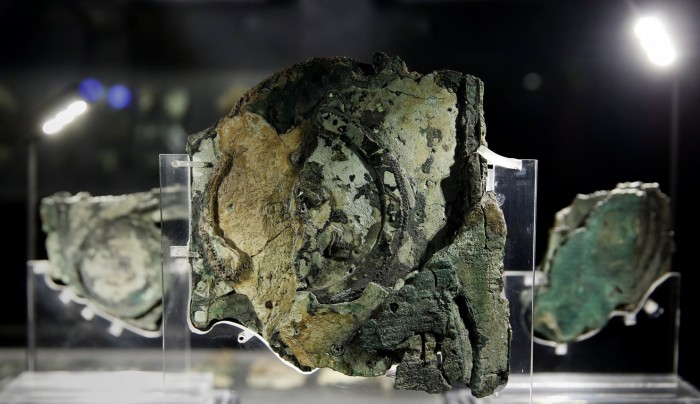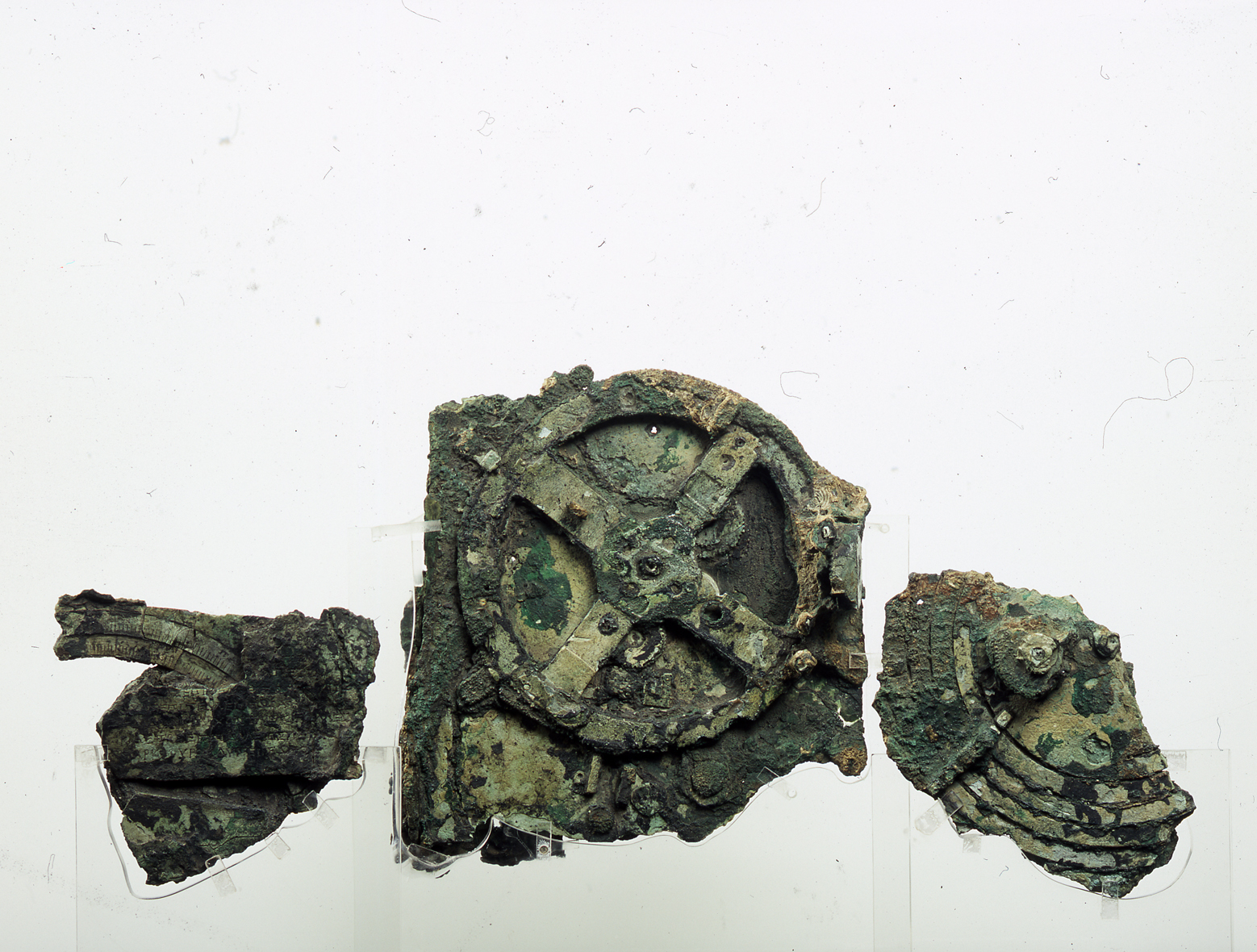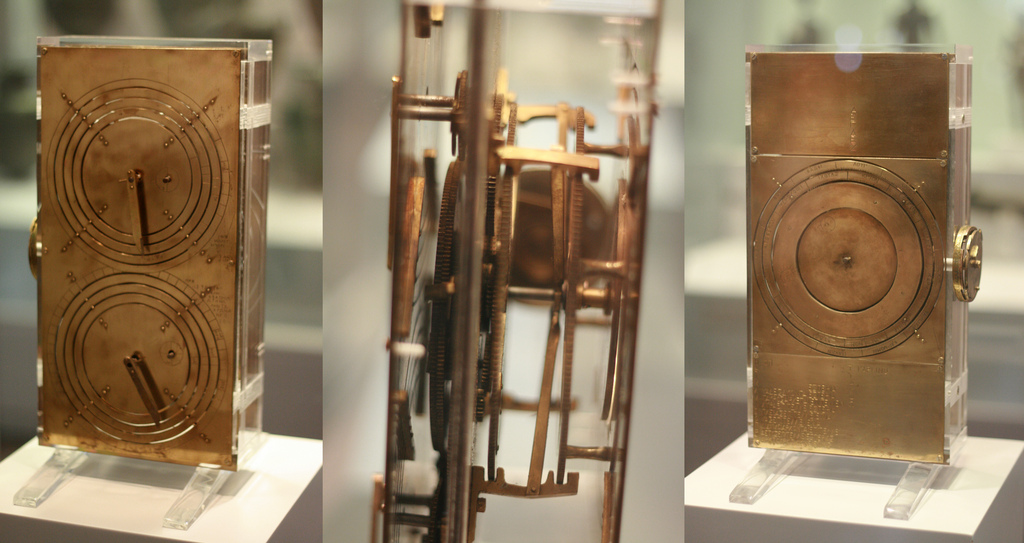Antikythera Mechanism | First Computer Made In 200 BC By Greek Geeks
The quality and complexity of the mechanism's manufacture suggest that it has undiscovered predecessors made during the Hellenistic period.

The Antikythera mechanism is an ancient Greek analogue computer and a mechanical model of the solar system used to predict astronomical positions and eclipses for calendar and astrological purposes. It could also track the four-year cycle of athletic games which was similar to an Olympiad, the cycle of the ancient Olympic Games.
The Mechanism Was Found In The Shipwreck Buried 148 Feet Under Water Of The Island Antikythera, Hence The Name

The Antikythera mechanism was discovered in 45 metres (148 ft) of water in the Antikythera shipwreck off Point Glyphadia on the Greek island of Antikythera. The wreck was found in April 1900 by a group of Greek sponge divers who retrieved numerous large artefacts, including bronze and marble statues, pottery, unique glassware, jewellery, coins, and the mechanism.
All were transferred to the National Museum of Archaeology in Athens for storage and analysis. The mechanism was merely a lump of corroded bronze and wood at the time and went unnoticed for two years, while museum staff worked on piecing together more obvious statues.
It Was Amassed In 3 Separate Segments

Antikythera Mechanism remains were found as one lump, later separated into three main fragments which are now divided into 82 separate fragments after conservation works. Four of these fragments contain gears, while inscriptions are found on many others.The largest gear is approximately 140 millimetres (5.5 in) in diameter and originally had 223 teeth.
The Modern Recreation Of The Mechanism Itself, It Is Only Similar In Mechanics

On the front face of the mechanism, there is a fixed ring dial representing the ecliptic, the twelve zodiacal signs marked off with equal 30-degree sectors. This matched with the Babylonian custom of assigning one twelfth of the ecliptic to each zodiac sign equally, even though the constellation boundaries were variable. Outside of that dial is another ring which is rotatable, marked off with the months and days of the Sothic Egyptian calendar, twelve months of 30 days plus five intercalary days.
The months are marked with the Egyptian names for the months transcribed into the Greek alphabet. The first task, then, is to rotate the Egyptian calendar ring to match the current zodiac points. The Egyptian calendar ignored leap days, so it advanced through a full zodiac sign in about 120 years.
Hublot’s Working Replica Of The Mechanism
Source = "Antikythera - Anticythère - Αντικύθηρα - 安提凯希拉"
The results of this Antikythera research has enabled the construction of many models. Amongst them, the unique mechanism of a watch, designed by Hublot as a tribute to the Mechanism, is incorporating the known functions of this mysterious and fascinating ancient Mechanism.
Popular Posts
Top 10 Sharpest & Deadliest Swords In History
In classic mythological movies, books and television, we’ve seen those audacious sword-wielding heroes smiting the enemi...
Augustus Perez
List of Water Deities from Different Mythologies
Water deities are the gods and goddesses who had the powers to control the elements of water and ruled over all the fresh and saltwater of the earth. Here’s a list of water deities from different mythologies.
Rishika Gupta
Winged Lion: The Terrifying Mythical Creature In Different Mythologies
A mythological creature, a winged lion dates back to ancient times. This flying lion-like creature has origins in Heraldry, Christianity, Mesopotamian, and Greek mythologies.
Ethan Stephans








